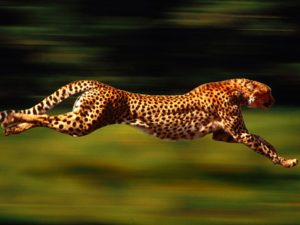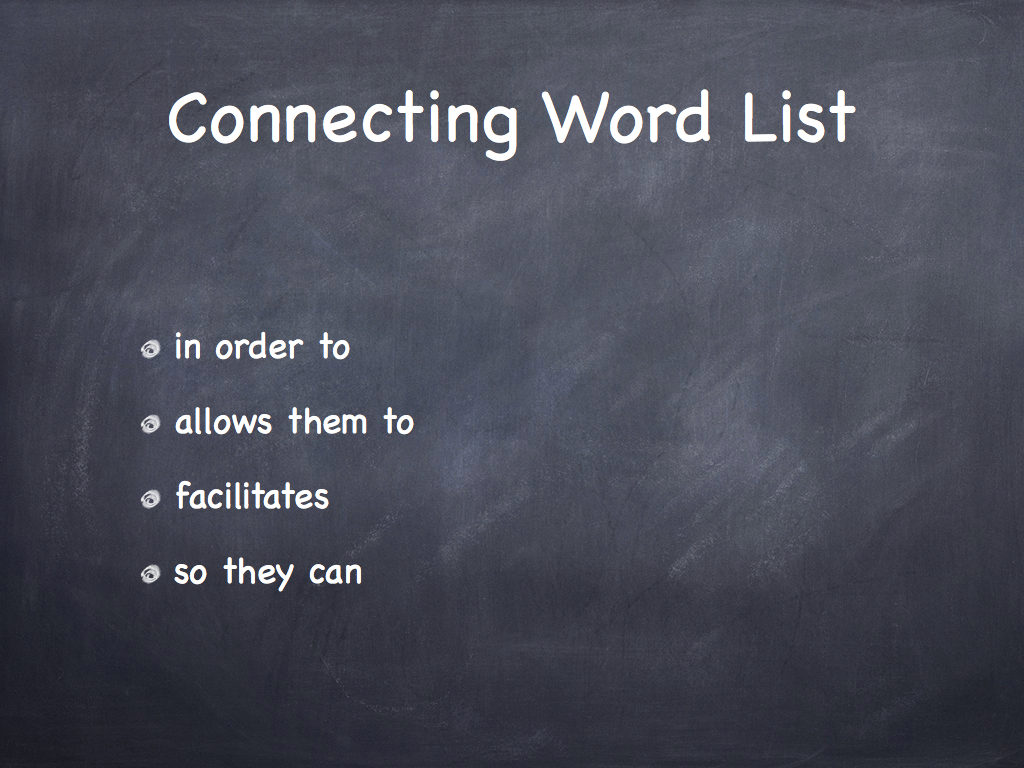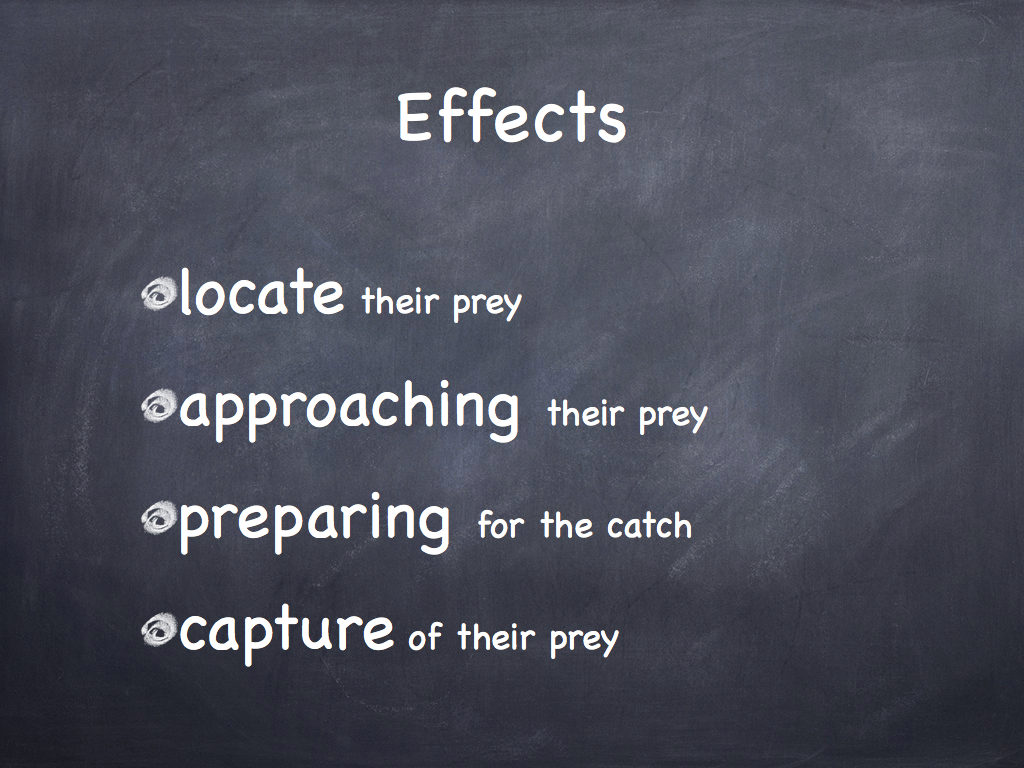You’re on the right page for learning more about animal behavior adaptations. We take a close look at bald eagles and other animals to investigate their behavior adaptations.

Watching Episode 67
To watch Episode 67 in its entirety, click here.
Watching in shorter Segments
Watch in segments of approximately 10 Minutes. Click here for Segment One.
Watch Segment 2.
Language Objectives
Use appropriate words and phrases to link behaviors and their results to illustrate a cause/effect relationship.
Academic Content Objectives
Science: Life Science: Identify behaviors of animals that give them an advantage in surviving and thriving in their environment. Explain the connection between an animal’s behavior and how that behavior helps it survive and thrive. Explain how cooperative behavior in animal groups allows group members to secure food, escape predators, of otherwise gain an advantage over isolated behavior.
Episode summary
Beginning with a poster about animal defenses, this episode centers on behavior adaptations. We used beavers as an example of animals rich in behavior adaptations – falling trees, floating limbs to the site of their dams and lodges, construction of dams and lodges, and how these activities support the lives of the beavers. As nature’s engineers and construction crews, beavers demonstrate a complex relationship between their behaviors and the amazing results. Then we looked at behavior adaptations of several animals, enjoying video of elephants, tropical fish, sea turtles, hippopotami, lions, sharks, spotted stingray, red fox and zebras. We reviewed some ZooBooks® that illustrated both physical and behavior adaptations.
We listed the behaviors of bald eagles and the results of those behaviors in securing food. We listed connecting words and phases that we can use to communicate a cause/effect relationship between an animal’s behavior and how that helps them survive and thrive. From there, we learned from a video about birds of the Bear Creek Watershed in Southern Oregon.
Lesson Materials
Verbs and Verb Phrases
We used a number of verbs and verb phases to list the hunting behaviors of bald eagles. Here are some of those verbs and phrases in the sentences we shared:
Bald Eagles perch on tall objects to locate their prey.
They look down to spot fish or other prey.
They swoop down on the water …… extending their talons forward and opening them.
The eagle closes its talons when it reaches a fish, sinking those sharp talons into the body of the fish.
They tear the fish into smaller pieces for eating.
Connecting words and phrases for cause/effect relationships
Now we use connecting words to show the cause/effect relationship:
Bald eagles perch on tall objects in order to locate their prey
Looking down allows them to find their prey in the water.
Swooping down facilitates quickly approaching the fish.
They extend their talons forward so they can catch the fish.
They close those talons in order to grab and hold their prey.
Eagles tear the fish into small pieces with their beaks facilitating ingestion of the fish.
We noted that the same connecting words we used for physical adaptations work for behavior adaptations. We get double-duty from these connecting words.
To list the words we used in this episode:
- in order to
- allows them to
- so they can
- facilitating
Materials Used in Episode 67
We shared two Zoobooks® in this episode. The Zoobook® Animal Wonders helped us review the physical adaptations of animals. The ISBM of this edition is 0-937934-12-7. It was published in 1993, so you may have challenge finding it. It seems the Zooboks.com website no longer appears. Here’s an address for the National Wildlife Foundation website that sell prescriptions to zoo books and Ranger Rick. Click here. You can purchase a subscription at that website. Zoobooks are also sold by magazine.store/zoobooks. Click here to visit their website.
The other ZooBook® we reviewed was Animal Champions. The ISBN for that one is 0-937934-19-4. This one was also published in 1993. They may have updated these issues. Both issues were used under Fair Use laws. They are protected by copyright law.
Videos used in this episode
Along with the still images we used in this episode, we utilized a number of video clips from Video Blocks – a subscription service for producers of visual media. We also used a video about birds.
To watch the video Birds of Southern Oregon click here.
For the same video ad-free on archive.org, click here.
Materials used in this Episode







Homework
Use the connecting words in this episode to report on the behavior adaptations of the animal you’re researching (use the notes from the Episode 66 homework if you did it). Be sure you create sentences that illustrate a clear cause/effect relationship between the actions of your animal and the results of those actions.
Next Episode
Find out what additional information you need for your animal report. Insomuch as we’re nearing the end of the unit on animals, there’s not much more to put in the report. We take the next step in Episode 68. Click here to visit the Episode 68 page.
